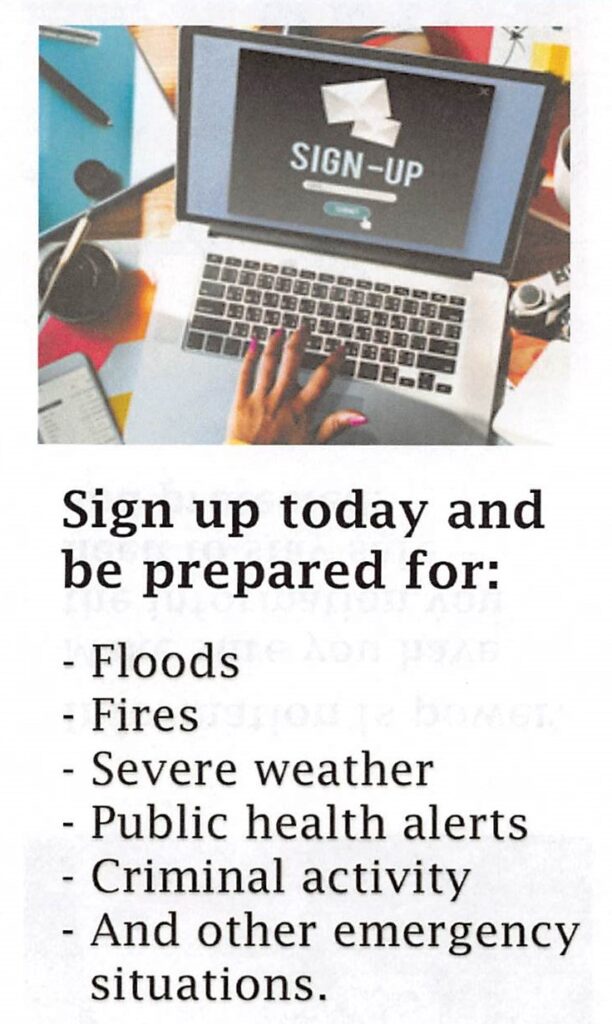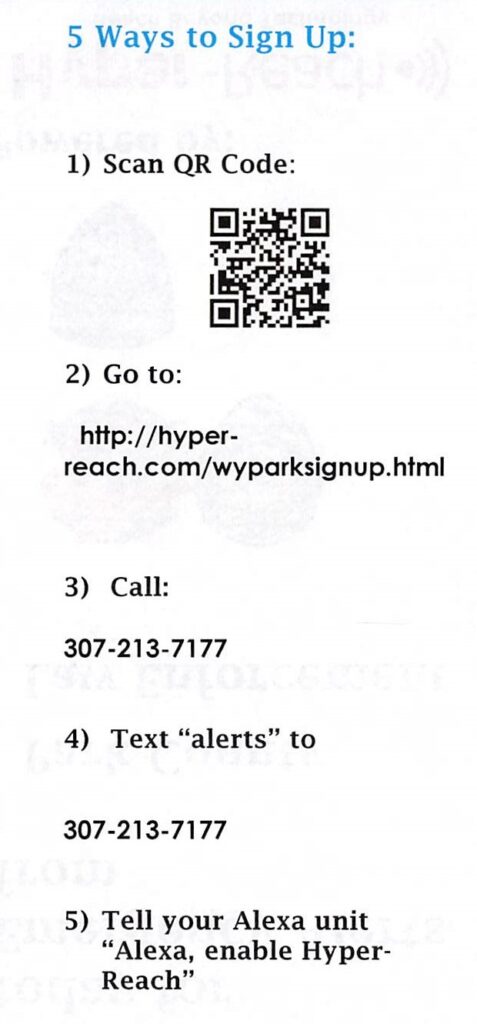Park County Sheriff Darrell Steward
24-hour Communications Center 307-527-8700 or 307-754-8700

“My goal is to keep Park County one of the best places to live and raise a family.”
Sheriff Darrell Steward
Welcome to the Park County Sheriff’s Office website. Please feel free to contact us with questions, concerns, or suggestions on how to better serve YOU.
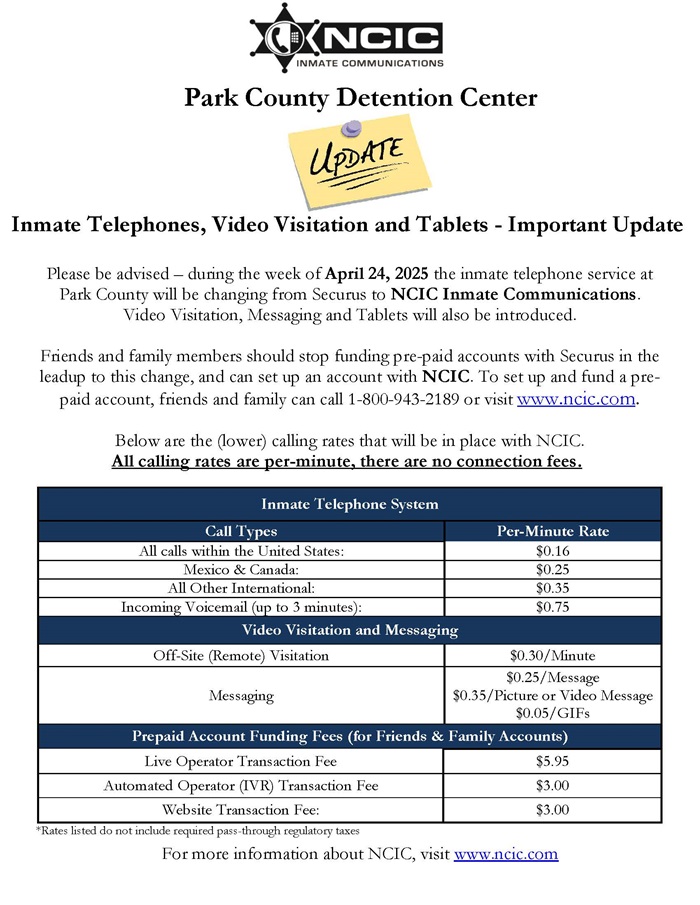
Hyper-Reach Chosen to Help Protect Lives and Property

Telephone-based mass notification systems are used by thousands of public safety agencies across the US to warn citizens about local emergencies, hazards, and other threats. Now Park County announces they have selected Hyper-Reach to help bring this same life-saving capability to the area. Hyper-Reach is a state-of-the-art mass emergency notification system designed specifically for public safety. This service is fully operational beginning December 2023.
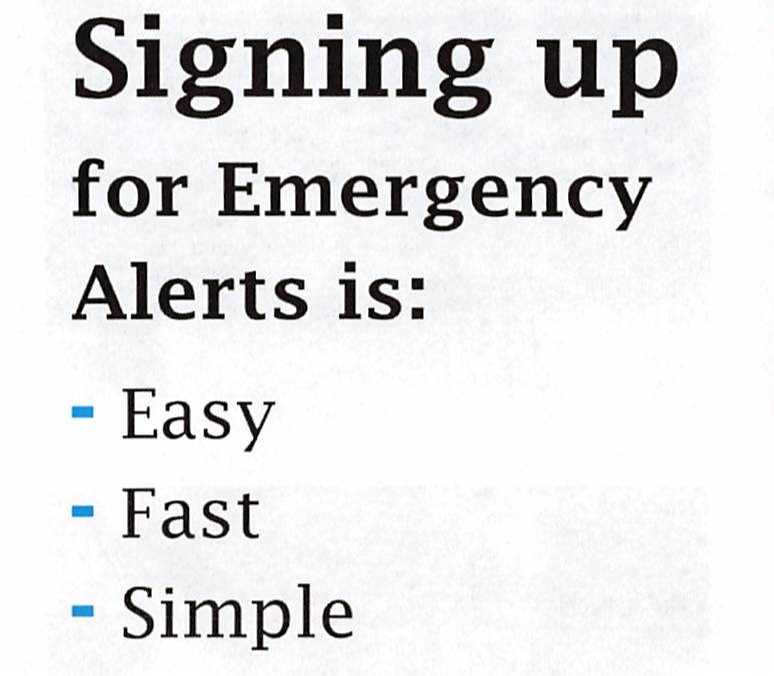
The new emergency alert system will provide rapid notification of hazardous and urgent situations using a mix of telephone calls, text and email messages, and even TTY/TDD service for the hearing impaired. The system sends thousands of these messages to geographically targeted households in seconds, and can simultaneously deliver them to an even broader audience via social media, as well as sending broadcast messages to most current mobile telephones (made since 2011) in an affected area by providing access to FEMA’s Wireless Emergency Alert (WEA) system.
The County plans to use the service primarily for alerts about weather and environmental hazards, criminal activity, and missing persons. Landline phones are automatically enrolled for Community alerts, but Weather alerts to landline phones and Community and Weather alerts to VoIP phones, mobile phones, and email addresses are only included when people enroll.
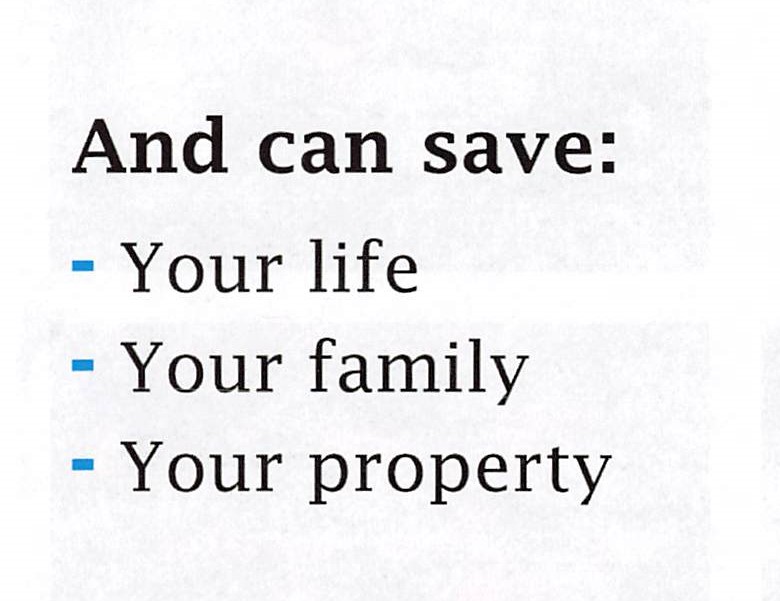
Residents and people who work in Park County are encouraged to enroll now (using a Park County address) either by calling or texting “Alert” to 307-213-7177 or by going to the website: http://hyper-reach.com/wyparksignup.html.
Residents can get emergency alerts via their Alexa-enabled smart speakers just by saying “Alexa, enable Hyper-Reach” and following the Alexa-provided instructions.
Residents can also download the Hyper-Reach Anywhere app on their smartphones. Hyper-Reach Anywhere is a free smartphone app that allows individual residents to manage and monitor the alerts they receive, both for their home, office, and other addresses they care about, such as those of elderly relatives or friends.
These notification services will be utilized by the Park County Sheriff’s Office, Park County Office of Homeland Security, Cody Police Department, Powell Police Department and the Park County Public Works department to keep the public informed during times requiring emergency notifications.
For residents who had subscribed to the Code Red notification service previously used by Park County, you do not need to sign up again. All prior subscriber information was imported to Hyper-reach.

